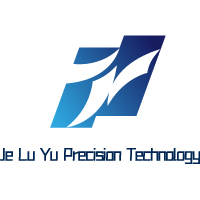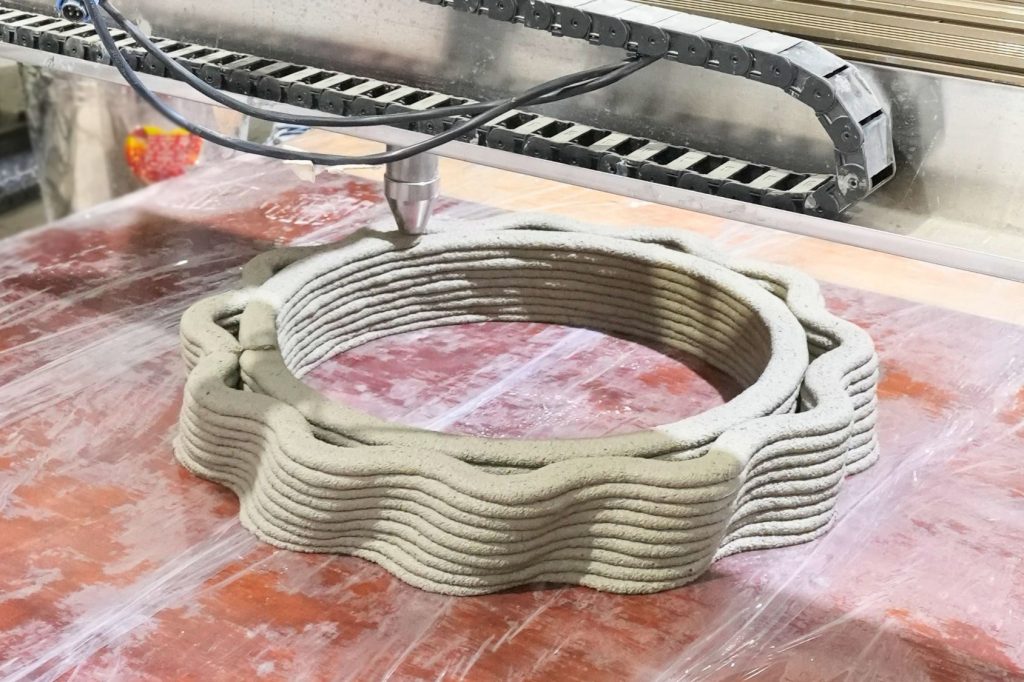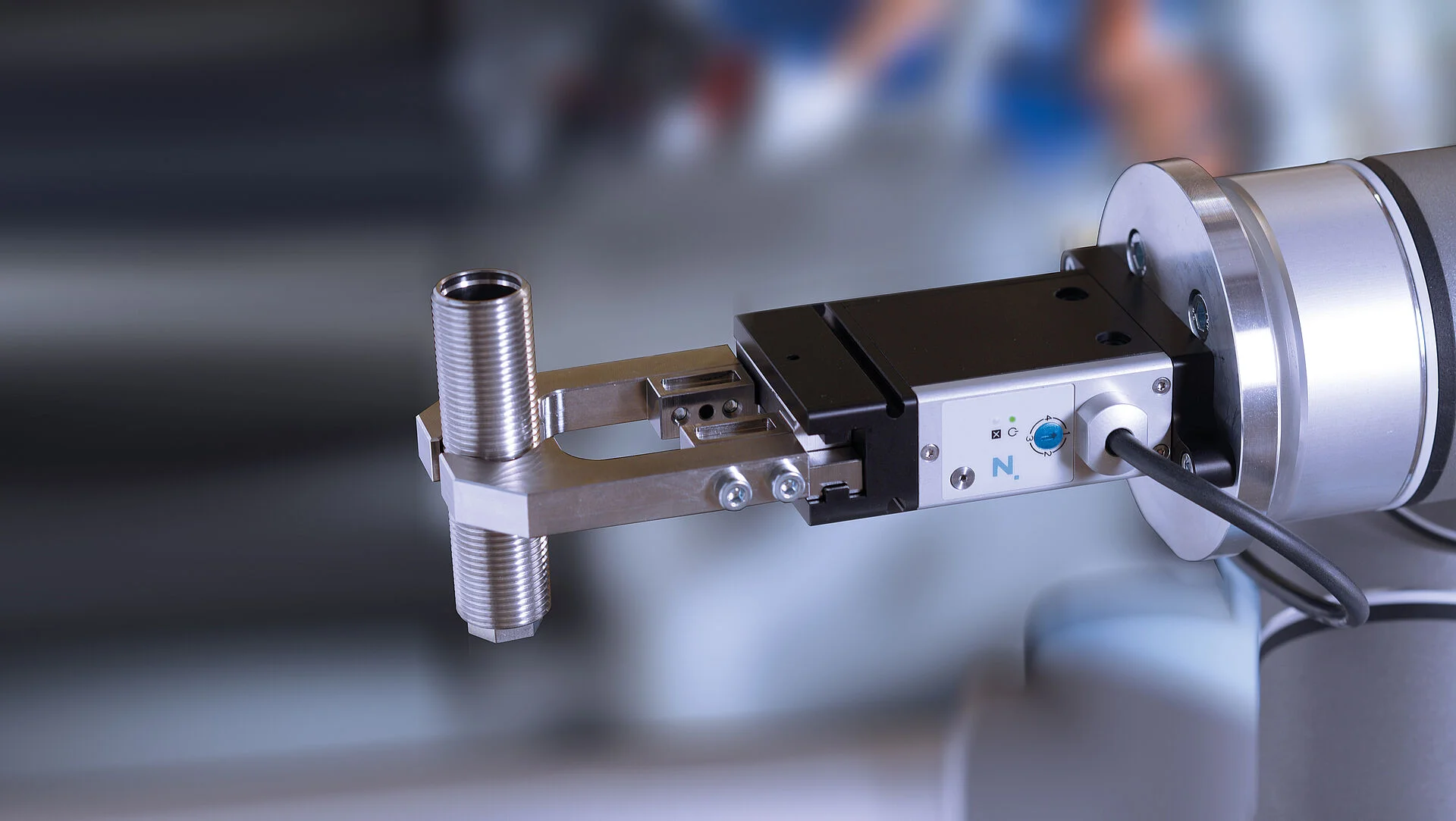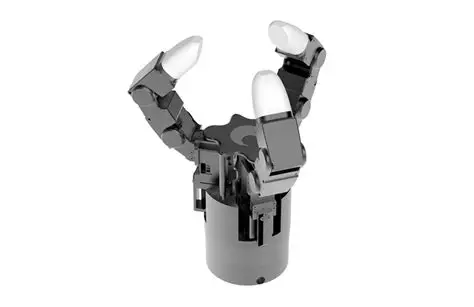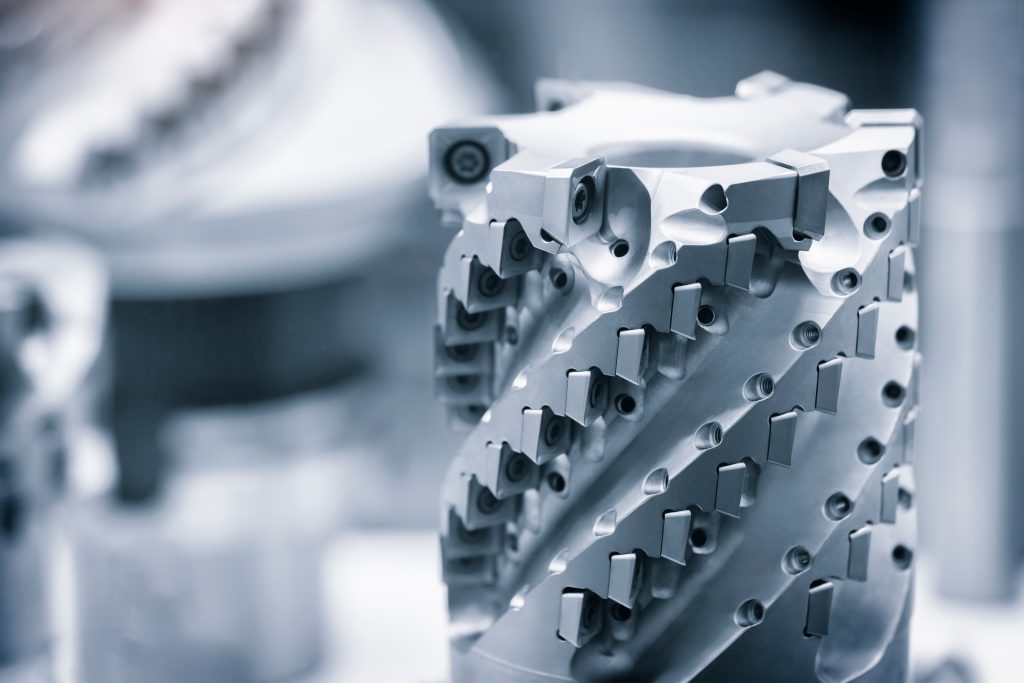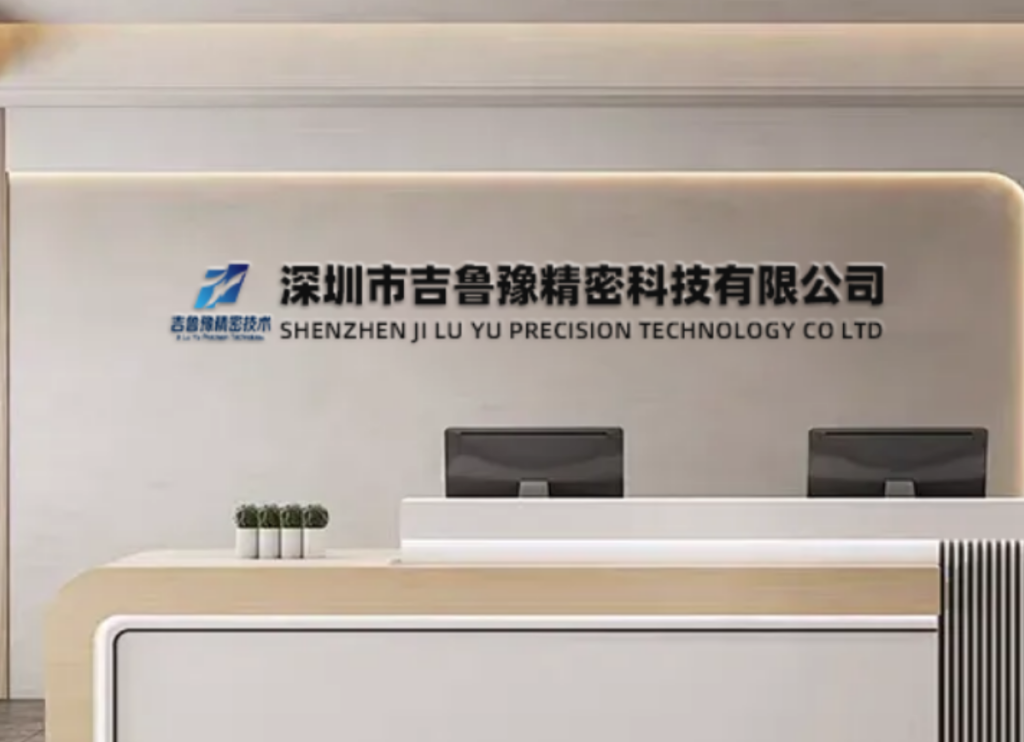Advanced Cura 3D Printing Guide 2025
From JLYPT’s Application Engineering Lab
Introduction
Ultimaker Cura is more than a slicer—it is a parametric CAM engine that, when mastered, turns any FDM, SLA, or IDEX printer into a precision-manufacturing cell. At JLYPT we maintain 120 validated printer definitions, 300 material profiles, and a library of Python post-processing scripts that shave hours off build preparation. This guide moves beyond “layer height and temperature” into advanced strategies: adaptive layer thickness, variable line width, dynamic flow compensation, and custom G-code macros for end-use parts. Three real-world case studies demonstrate how Cura alone saved clients ≥ 25 % in material and 30 % in cycle time.
Ultimaker Cura is more than a slicer—it is a parametric CAM engine that, when mastered, turns any FDM, SLA, or IDEX printer into a precision-manufacturing cell. At JLYPT we maintain 120 validated printer definitions, 300 material profiles, and a library of Python post-processing scripts that shave hours off build preparation. This guide moves beyond “layer height and temperature” into advanced strategies: adaptive layer thickness, variable line width, dynamic flow compensation, and custom G-code macros for end-use parts. Three real-world case studies demonstrate how Cura alone saved clients ≥ 25 % in material and 30 % in cycle time.
Table 1 — Cura Version & Feature Snapshot
| Version | Release | Key Add-On | Industrial Use |
|---|---|---|---|
| 5.7.0 | May-25 | Adaptive cubic infill | Jigs & fixtures |
| 5.6.0 | Feb-25 | Variable line width | Thin-wall ducts |
| 5.5.0 | Oct-24 | Tree supports V2 | Large-format SLA |
| 5.4.0 | Jul-24 | Arachne engine | Micro-fluidics |
Table 2 — Material-Specific Cura Profiles (validated at JLYPT)
| Material | Layer (mm) | Line Width (mm) | Retraction (mm) | Fan (%) | Notes |
|---|---|---|---|---|---|
| ABS-FR | 0.15 | 0.45 | 1.0 @ 40 mm/s | 0–20 | 80 °C chamber |
| PETG-CF15 | 0.20 | 0.50 | 0.8 @ 35 mm/s | 30–70 | Hardened nozzle |
| TPU 95A | 0.20 | 0.60 | 2.0 @ 25 mm/s | 0–30 | Direct-drive |
| Nylon 12 CF | 0.10 | 0.40 | 1.2 @ 30 mm/s | 0–10 | Dry-box < 20 % RH |
| Clear SLA | 0.05 | 0.35 | — | — | UV-block topcoat |
Section 1 — Printer Definition Engineering
1.1 Machine Settings JSON
• JSON schema version 4.8; custom parameters “machine_max_feedrate_z” override firmware limits.
• Example:
• JSON schema version 4.8; custom parameters “machine_max_feedrate_z” override firmware limits.
• Example:
"machine_max_feedrate_z": 20 prevents layer shift on 1 m Z-axis gantries.1.2 Extruder Count & Offsets
• IDEX definition:
• Tool-changer:
• IDEX definition:
"extruder_nr": 0, "extruder_nr": 1, "machine_extruder_count": 2, X-offset 0 mm / 34 mm.• Tool-changer:
"machine_extruder_count": 8, "extruder_offset_x": [0, 0, 0, 0, 34, 34, 34, 34].1.3 G-code Flavor & Start/End
• Marlin 2.1.2 default; custom start macro:
• Marlin 2.1.2 default; custom start macro:
G28 ; homeG34 Z_TILT_ADJUST ; auto-levelM117 JLYPT-READY.Section 2 — Advanced Profile Tuning
2.1 Adaptive Layer Heights
• Height range 0.05–0.3 mm, deviation 0.05 mm → 22 % time reduction on curved façades.
• S-curve acceleration: 3,000 mm/s² → smoother surface Ra 3.2 → 2.1 µm.
• Height range 0.05–0.3 mm, deviation 0.05 mm → 22 % time reduction on curved façades.
• S-curve acceleration: 3,000 mm/s² → smoother surface Ra 3.2 → 2.1 µm.
2.2 Variable Line Width (Arachne)
• Min width 0.2 mm, max 1.2 mm → wall thickness 0.8 ± 0.05 mm vs ±0.15 mm classic.
• Overlap compensation 10 % for carbon-filled filaments.
• Min width 0.2 mm, max 1.2 mm → wall thickness 0.8 ± 0.05 mm vs ±0.15 mm classic.
• Overlap compensation 10 % for carbon-filled filaments.
2.3 Flow Dynamics Compensation
• Pressure advance K-factor: 0.12 for Bowden, 0.04 for direct-drive.
• Jerk limited to 8 mm/s³ for TPU to avoid under-extrusion artifacts.
• Pressure advance K-factor: 0.12 for Bowden, 0.04 for direct-drive.
• Jerk limited to 8 mm/s³ for TPU to avoid under-extrusion artifacts.
Section 3 — Support Strategies
3.1 Tree Supports V2
• Branch angle 50°, branch distance 1.2 mm, tip diameter 0.4 mm.
• Material usage ↓ 40 % vs. traditional supports.
• Branch angle 50°, branch distance 1.2 mm, tip diameter 0.4 mm.
• Material usage ↓ 40 % vs. traditional supports.
3.2 Soluble Support Workflow
• Interface layers 3, pattern spacing 0.2 mm, Z distance 0.1 mm.
• Post-slice script:
• Interface layers 3, pattern spacing 0.2 mm, Z distance 0.1 mm.
• Post-slice script:
M104 S0 T1 to cool support extruder after interface.3.3 Breakaway Support for MJF
• Custom support infill 20 % gyroid, interface 0.15 mm layer, snap-off force 15 N.
• Custom support infill 20 % gyroid, interface 0.15 mm layer, snap-off force 15 N.
Section 4 — Multi-Material & Color
4.1 Dual-Extruder Cura Profiles
• “Prime tower minimum volume” 150 mm³ prevents color bleed.
• “Ooze shield” height 3 layers, wall line count 1.
• “Prime tower minimum volume” 150 mm³ prevents color bleed.
• “Ooze shield” height 3 layers, wall line count 1.
4.2 Palette 3 Pro Integration
• Transition tower 50 mm³, purge bucket 20 mm³, waste < 5 %.
• Script:
• Transition tower 50 mm³, purge bucket 20 mm³, waste < 5 %.
• Script:
G1 E-5 F3000 ; retract before splice.4.3 Gradient Infill (Experimental)
• Density 15 % → 40 % gradient → 18 % weight reduction in lattice brackets.
• Density 15 % → 40 % gradient → 18 % weight reduction in lattice brackets.
Section 5 — Post-Processing Scripts
5.1 Python Post-Processing
• Script
•
• Script
remove_comments.py strips M117 lines to reduce file size 5 %.•
auto_pause.py inserts M0 pause at layer 50 for filament change.5.2 Custom G-code Macros
• Layer-change macro:
• Layer-change macro:
;LAYER:[layer_num]M117 Layer [layer_num]M73 P[progress].5.3 Flow Calibration Cube
• 20 mm cube, 0.2 mm layer, flow multiplier ±2 % via Cura plug-in.
• 20 mm cube, 0.2 mm layer, flow multiplier ±2 % via Cura plug-in.
Section 6 — Case Studies
Case 1 — Lattice Bracket (Nylon 12 CF)
Client: Aerospace OEM
Challenge: 40 % weight reduction, ±0.1 mm holes.
Solution: Cura gyroid 25 % infill, adaptive layers 0.1–0.2 mm.
Outcome: 22 % material saved, CpK 1.6 on hole diameter.
Client: Aerospace OEM
Challenge: 40 % weight reduction, ±0.1 mm holes.
Solution: Cura gyroid 25 % infill, adaptive layers 0.1–0.2 mm.
Outcome: 22 % material saved, CpK 1.6 on hole diameter.
Case 2 — Dual-Color ABS Housing
Client: Consumer electronics
Challenge: UV-stable logo, over-mold TPU seal.
Solution: IDEX Cura profile, ABS/TPU 0.15 mm layer, soluble PVA support.
Lead time: 48 h vs. 3-week injection mold.
Client: Consumer electronics
Challenge: UV-stable logo, over-mold TPU seal.
Solution: IDEX Cura profile, ABS/TPU 0.15 mm layer, soluble PVA support.
Lead time: 48 h vs. 3-week injection mold.
Case 3 — Micro-fluidic Manifold (Clear SLA)
Client: Med-tech start-up
Challenge: 0.05 mm channels, Ra ≤ 0.5 µm.
Solution: Cura SLA profile, 0.05 mm layer, tree supports, post-polish script.
Yield: 95 % usable parts vs. 70 % legacy workflow.
Client: Med-tech start-up
Challenge: 0.05 mm channels, Ra ≤ 0.5 µm.
Solution: Cura SLA profile, 0.05 mm layer, tree supports, post-polish script.
Yield: 95 % usable parts vs. 70 % legacy workflow.
Section 7 — Troubleshooting Matrix
| Symptom | Root Cause | Cura Fix |
|---|---|---|
| Elephant foot | Bed too hot | Initial layer fan 20 % |
| Stringing | Retraction low | Increase 0.5 mm + speed 40 mm/s |
| Layer shift | Acceleration high | Jerk 8 mm/s³ |
| Warping | Chamber cold | Raise to 80 °C |
Section 8 — Future-Proofing
• Cura 6.0 roadmap: AI infill optimization, cloud slicing, real-time machine learning.
• JLYPT maintains nightly builds for beta testing.
• JLYPT maintains nightly builds for beta testing.
Ready to master Cura? Upload your STL to <Rapid 3D Printing Services – JLYPT> and receive a tailored Cura project file, material profile, and G-code validation within 12 hours.
